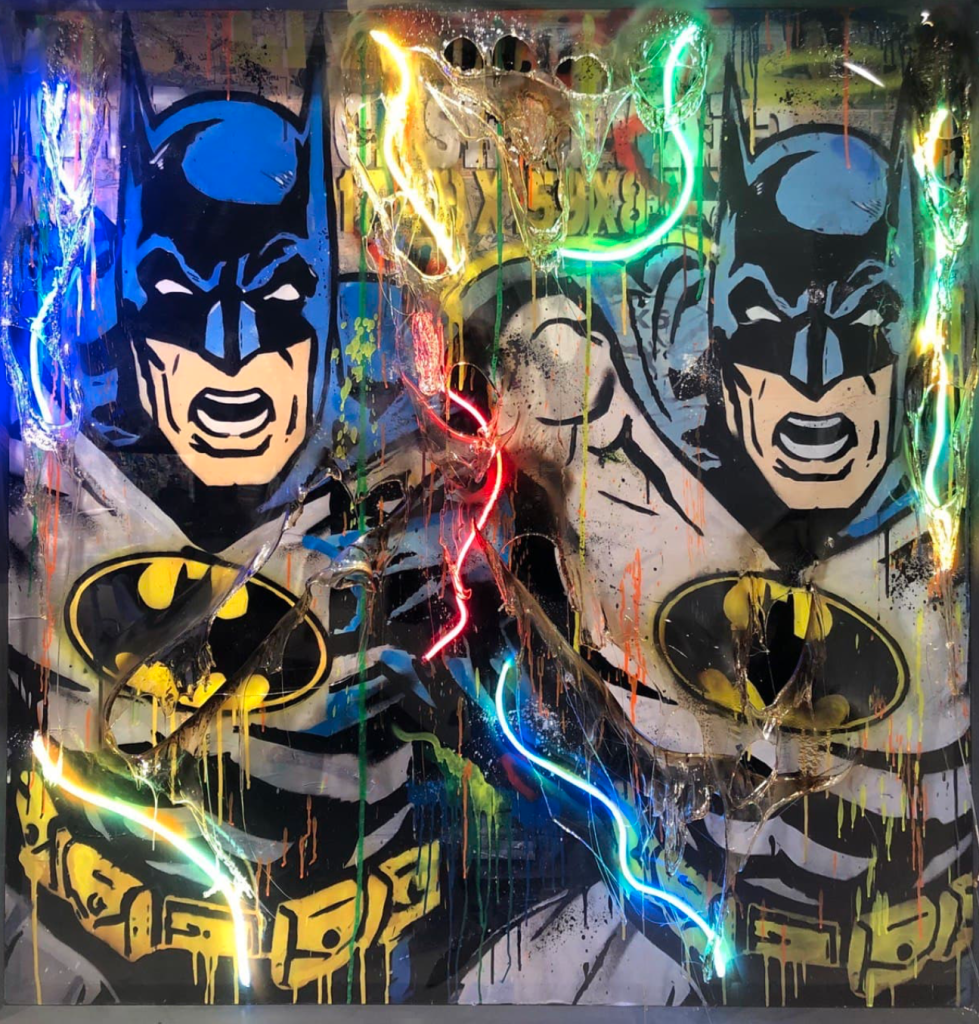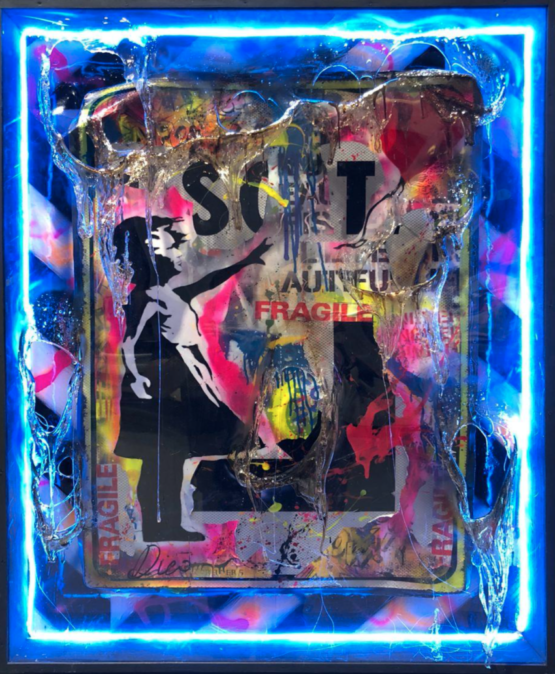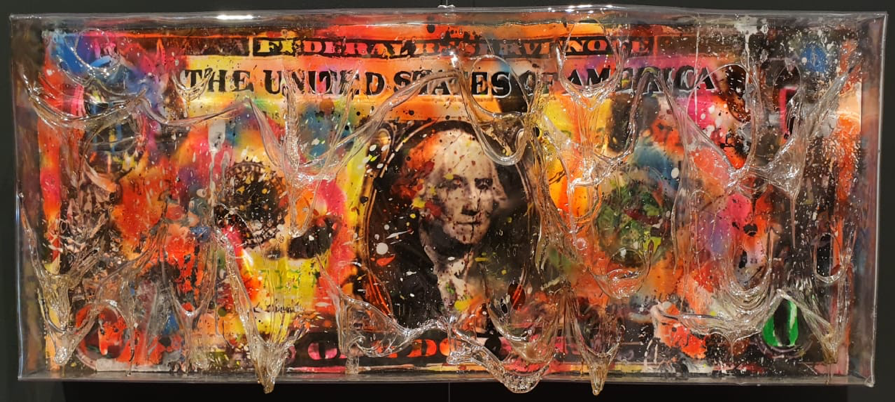Dicò

Biography
DICÒ, born in Rome in 1964, received his artistic training at Rome’s Institute of Art. He began to attend artists’ studios and workshops, where he had a variety of influences, from the materialistic to the figurative, and from the geometric to the conceptual. All of this was to help him in his early artistic experiments, an extremely diverse range of works. Meanwhile, he discovered new opportunities in advertising and successfully dedicated himself to commercial graphic design, an experience that would prove immensely useful to his later forms of aesthetic expression.
Curious and multi-talented by nature, he felt the need to broaden his creative horizons and traveled to America. Pop Art became his favorite point of reference, and all the innovative color and visual influences that he absorbed would shortly come together to create his own original creative style. After returning to Rome, he fully immersed himself in experimenting with new techniques and materials, and in doing so he developed what would become his signature style from moment on: the combustion of Plexi-glas. A regenerative synthesis that allows him to breathe new life and new meaning into contemporary legends.
In his work with fire, always in search of a never-ending dynamic and creative impulse, DICÒ instigates genuine “blitzes” by opening and closing innovative temporary exhibitions around the world. He received accolades from a cross-section of people, from museum and gallery professionals to visitors passing by, and from famous soccer stars to illustrious professors and other international celebrities. His works now take pride of place in the private collections of renowned figures in the fields of cultures, performing arts, finance and sports, both in Italy and overseas.




